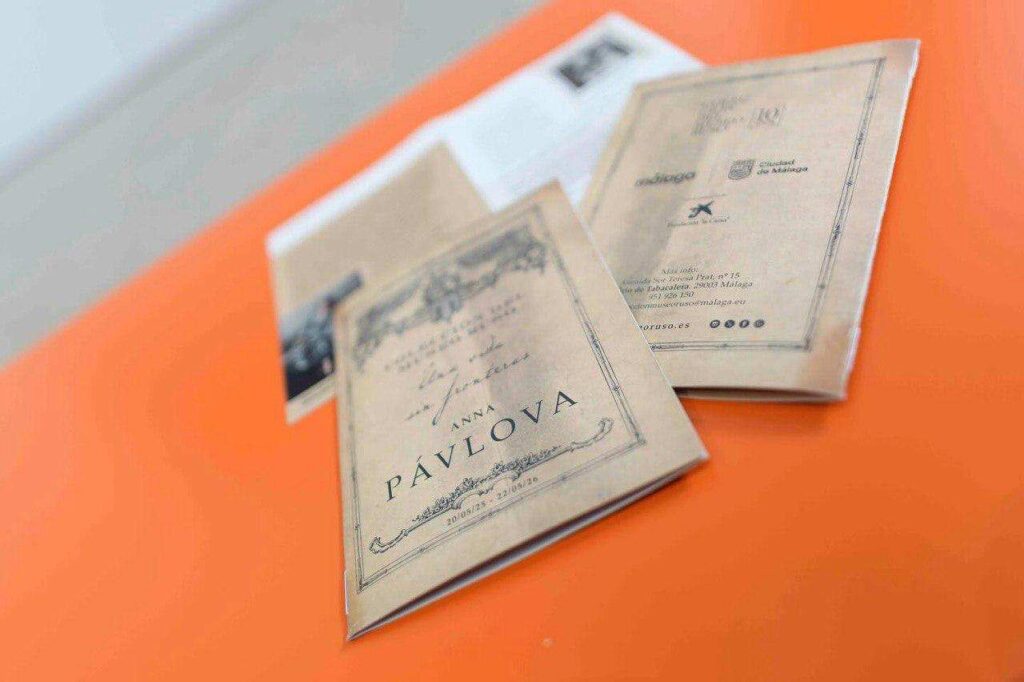The Russian Museum in Málaga Presents an Exhibition Honoring the Universal Ballerina Anna Pavlova
“Anna Pavlova: A Life Without Borders” Showcases 90 Pieces Highlighting How the Dancer Turned Ballet into a Global Art Form
The Russian Museum in Málaga has unveiled a new exhibition titled “Anna Pavlova: A Life Without Borders,” celebrating one of the most iconic and influential figures in the history of ballet. This exhibition offers a compelling journey through the life and legacy of the legendary Russian ballerina, whose passion, dedication, and talent transformed the global landscape of dance.

The exhibition features around 90 items, including theater programs from the most remote corners of the world, vintage press clippings, and rare photographs. These pieces have traveled from Australia, the UK, the US, Mexico, and other countries. Many of these artifacts reveal how Pavlova turned ballet into a truly global art form — a powerful vehicle for cultural understanding and universal emotion.
Anna Pavlova was a pioneer. In 1910, she formed her own company and set out on an ambitious artistic mission: to bring ballet to the most far-flung places on the planet. She toured over 40 countries and performed more than 9,000 times — from the great theaters of Europe to bullrings in Latin America, improvised stages in Asia, and public auditoriums in Oceania. Wherever she went, Pavlova made it a point to attend performances by local dancers and even learned traditional dances in places like Mexico and India, incorporating them into her shows.
In Japan, her performances inspired haikus; in Latin America, crowds flooded the streets to see her arrive; in Australia, her company helped lay the foundation for a lasting ballet tradition.
After a five-year absence, Pavlova returned to the British stage in 1920. Despite her previous worldwide success — including a film appearance in The Dumb Girl of Portici in Hollywood — she felt apprehensive about how British audiences would receive her after the First World War. Her doubts quickly disappeared. Following her performance, The Times declared:
“Madame Pavlova is still Pavlova, the incomparable. There are other great dancers. But there is only one Pavlova.”
Collector and curator Dimitry Yusov reflects:
“Anna could have chosen a much quieter life — performing a month in London, a month in Paris, a month in New York — making more money, without the burden of managing a company. But instead, she chose to travel the world, bringing ballet to places where it had never been seen before. She visited — and performed with her company — in nearly 50 countries: across Europe, Latin America, the United States, Canada, Egypt, South Africa, India, Australia, New Zealand, Singapore, and even more remote destinations like Japan, Burma, and Indonesia.”
Given that no museum in the world is currently dedicated to the incomparable Anna Pavlova, this exhibition offers a rare and invaluable opportunity to immerse yourself in her world.
The exhibition is open until May 22, 2026, at the Russian Museum in Málaga.
Don’t miss it if you find yourself in southern Spain.






